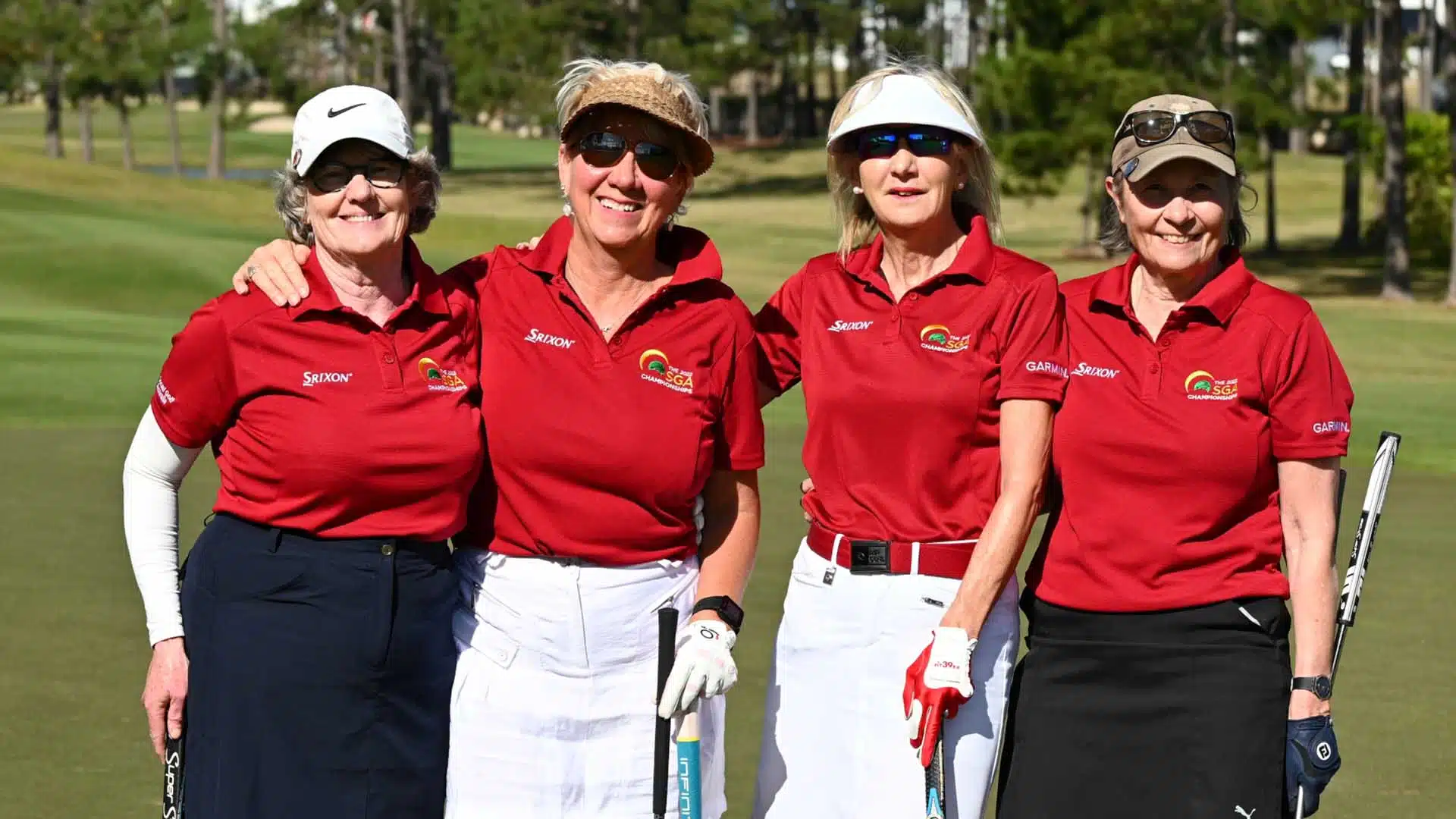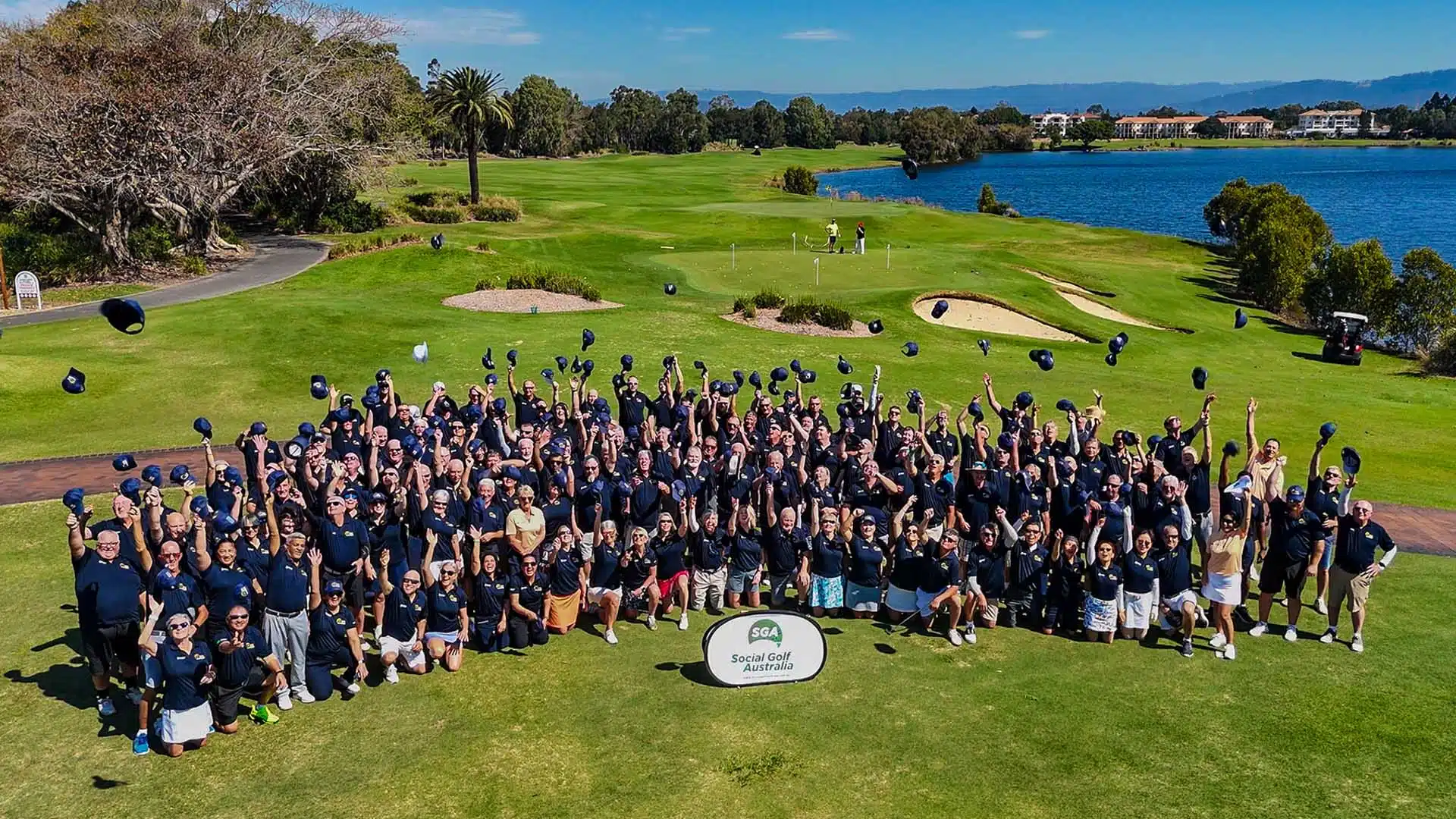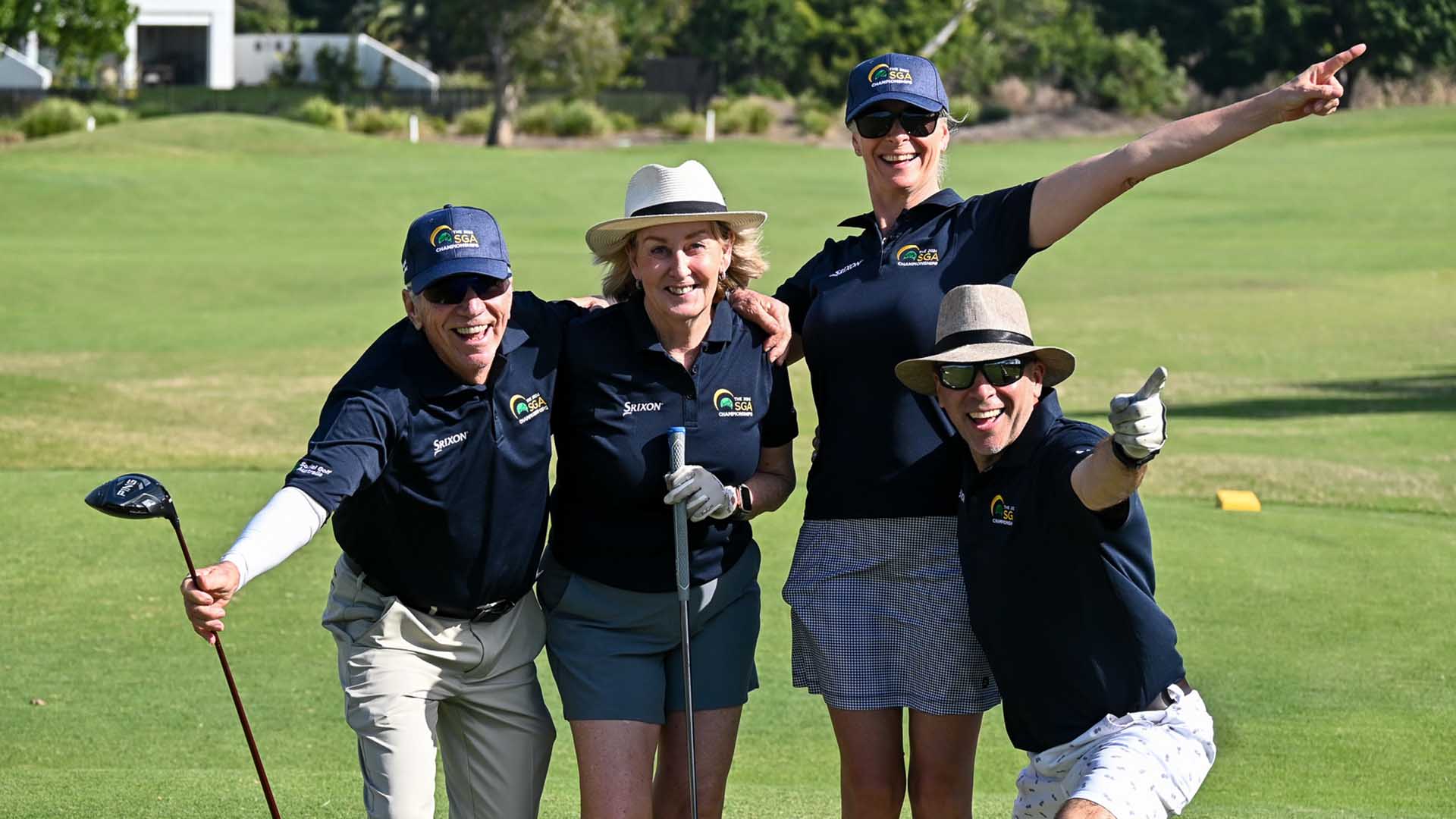The cultural landscape of Australian golf is evolving, and interest in the sport has never been stronger. COVID-19 proved to be a watershed moment, with people desperate for an appropriate form of activity while adhering to social distancing guidelines. Golf was the ideal outlet, with many people getting a taste of the sport for the very first time.
Fast forward five years, and the impact remains seismic. With the influx of newcomers has come the imperative to adapt participation models that cater to them. Gen Z and Millennials, who will be the lifeblood of the sport for much of the next 30-40 years, are demanding dynamic membership models that better suit their taste for variety.
Social Golf – The Numbers
Since the pandemic, participation numbers continue to tell a compelling story. Club membership remains strong, with Affiliation numbers still growing year-on-year. In addition, a staggering estimate of approximately 700,000 golfers who play socially bolster these figures.
The nation’s peak sporting bodies, including Golf NSW and Golf Australia, identified these trends early and introduced pathways designed to allow golfers of all ages and abilities to secure their official golf handicap through non-traditional service providers – namely, social golf clubs – letting participants compete and play regularly.
The Social Golf Model
Social Golf Australia (SGA) has emerged as one of the nation’s largest providers of golf services, with a remarkable track record that demonstrates the power of the pathway model.
Starting with their first event over 20 years ago, the founders began developing what would become Social Golf Australia. When formally established as SGA in 2014as a small social club, the team had a clear vision: to create a pathway for Australia’s enormous social golfer base to eventually join traditional golf clubs. To date, over 28,000 Australian golfers have received handicaps through SGA.
Track Record
The numbers tell a compelling story. SGA reports that an incredible 8,349 members have graduated to bricks-and-mortar clubs across the nation over the years. Of those, 2483 have been to NSW-affiliated clubs and 149 to ACT clubs. To date, over 28,000 Australian Golfers have received handicaps this way through SGA. A figure that co-founder Matthew Pitt is justifiably proud of.
“We established this model with the deliberate intention to deliver new members to clubs and for the SGA model to be an opportunity for clubs to find new members.” Explained co-founder Matthew Pitt. “Our goal is to create an environment where golfers can develop their skills and passion for the game without the traditional barriers that might intimidate newcomers to the sport.”
“We are about to report our affiliations, which will be well over 10,000 current members this past financial year. This provides substantial real-dollar support to the sport and exemplifies our commitment to growth at all levels of the game.”
Misconceptions
Despite SGA’s proven track record, misconceptions persist in parts of the wider golf community. Some stakeholders continue to regard SGA as a threat rather than an opportunity, missing the bigger picture of what the organisation represents.
SGA provides legitimate, world-recognised handicaps that meet all official standards, and the organisation’s thousands of members represent a valuable pipeline for traditional club membership.
“SGA is an affiliated golf club and the golf handicaps we offer are legitimate, official Golf Link numbers and handicaps that meet all Golf Australia standards and are recognised around the world.
 Social Golf is a gateway for many people to take their first step towards full club membership
Social Golf is a gateway for many people to take their first step towards full club membership
“With so many 1000s of SGA members progressing to club membership, one of our members could well be your next club member,” Mr Pitt explained.
Despite the “Social” branding, SGA maintains a serious commitment to handicap integrity.
“Our name aims to reflect that the social aspect of the game is important to us, but we take the efficacy of the handicap system very seriously,” he added.
Winning Model
When an SGA member (or any other social club member) transitions to a bricks-and-mortar membership, that club gains a golfer who understands the game, respects its traditions, and is ready to contribute to the club’s culture from the outset.
The joining fee and annual subscription represent not only an immediate asset but also long-term benefits, including bar and pro shop spending, event participation, and the potential to recruit others, thereby significantly multiplying the initial membership value.
“We actively encourage this transition. Mr Pitt explained. “We want SGA members to graduate to traditional club membership when they’re ready.
“This isn’t about retention – it’s about progression and growth within Australian Golf.”
Building Bridges, Not Walls
The key to maximising this opportunity lies in how traditional clubs embrace visiting players coming from non-traditional paths in the game.
Creating welcoming and friendly environments or opening the membership pathway door for conversions is vital. By treating these players as potential future members rather than outsiders, everyone benefits.
As Golf continues to evolve across the nation, the partnership between organisations like SGA and traditional clubs will become increasingly important.
With changing demographics, work patterns, and lifestyle preferences, the Social Golf handicap pathway model provides flexibility that caters to golfers at various stages of their journey.
Traditional clubs that adopt this model, understanding social clubs and social golfers as a feeder system rather than a competition, position themselves to benefit from Australia’s large pool of membership-ready participants.
The 10,000+ current SGA members represent a pool of potential new club members who have already demonstrated their commitment to the game.
 Gen Z and Millennials, who will be the lifeblood of the sport for much of the next 30-40 years, are demanding dynamic membership models that better suit their taste for variety.
Gen Z and Millennials, who will be the lifeblood of the sport for much of the next 30-40 years, are demanding dynamic membership models that better suit their taste for variety.
Vision Beyond
Mr Pitt believes the future of Australian Golf lies not in competition between different models of golf engagement but in collaboration that serves golfers’ diverse needs while growing the game for everyone.
Success stories, such as the four transitions in the past 12 months to Asquith Golf Club in Sydney’s north, demonstrate that this approach is effective.
“It’s time for the broader golf community to recognise that clubs like Social Golf Australia aren’t changing the membership model – we’re growing it, one golfer at a time, creating pathways that ultimately strengthen traditional club membership across the country,” he added.







